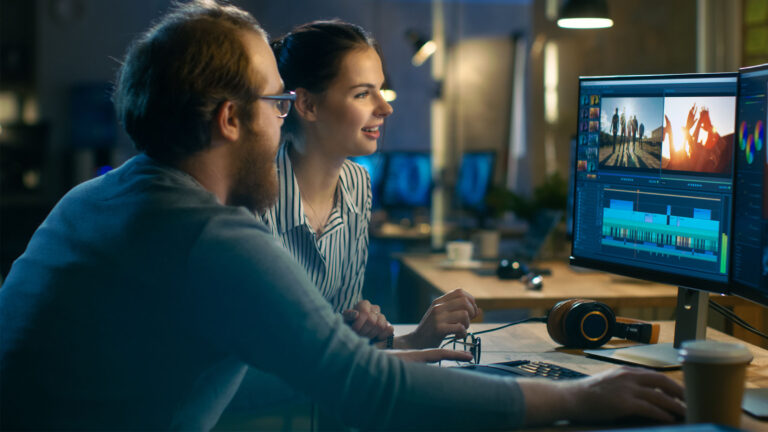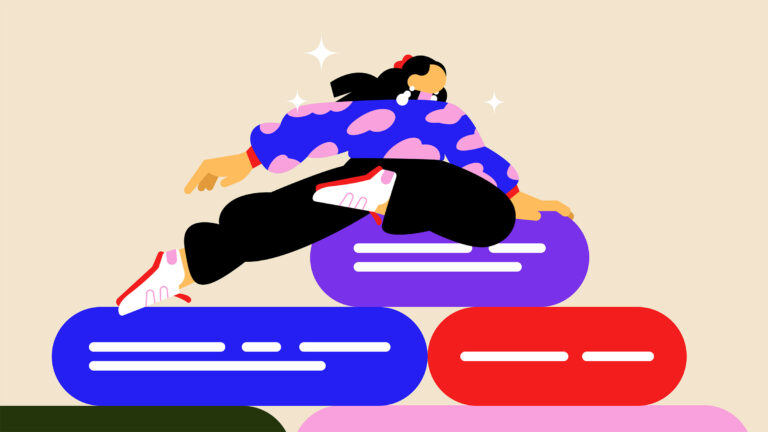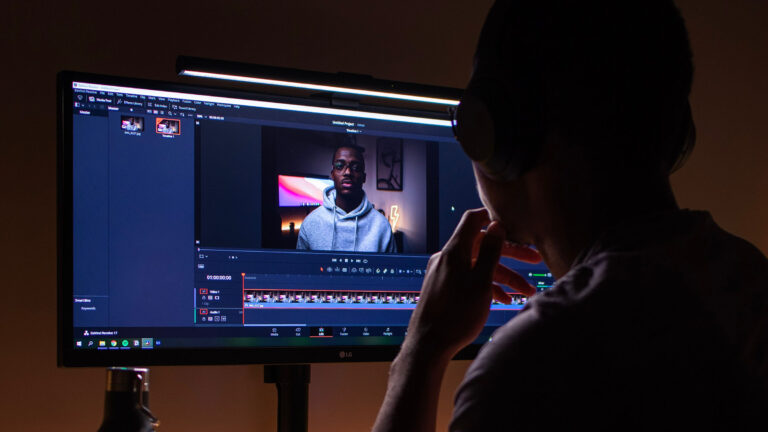It’s March, which means that not only are we caught up in college basketball madness, we also find ourselves celebrating National Women’s History Month. A full year after Frances McDormand used her Oscar acceptance speech to champion inclusion riders, and with the #MeToo and Time’s Up movements still in the forefront of the conversation, we thought this would be a good time to check in on the progress women have made in the editorial and post-production sector of the industry—and to see what some of the women working today think about our future in it.
Looking at the statistics compiled by Women and Hollywood, in behind-the-scenes roles among the top-grossing 300 films from 2016-2018, only 15.5% of the editing jobs were held by women. The breakdown: 14.4% of the positions were held by white women, with just 1.1% held by non-white women. Obviously, we still have a long way to go for parity with our male counterparts, as well as for increasing opportunities for women of color.
Women ruled the early days of post
Did you know that in the early days of the movie industry, women were employed in the editorial departments as negative cutters because they were considered to be better suited for repetitive tasks that required an attention to detail—like sewing?
Not until Margaret Booth explored the creative possibilities of cutting film, and edited Mutiny On The Bounty in 1935, did film editing become recognized as an important creative endeavor—at which point men, as the great Anne V. Coates said, “elbowed women out of the way.”
But the industry seemed to grow more male-centric again in the 1990s as editing on digital NLEs took the place of cutting on film. As one of the participants in this article has speculated, “Working on computers was seen as more of a scientific field, and men were more encouraged to pursue it than women were.”
And yet, we found seven women from different sub-sectors of the post-production world, to tell us their stories and to provide some insights into the kinds of obstacles they’ve faced, how they’ve coped with gender-related challenges, and how they’ve built satisfying careers.

What did we learn? It’s still complicated. But what do our participants in this article think? You might be surprised.
Our magnificent seven
Our participants’ paths to their careers have been as varied as the kinds of projects they’ve worked on. Some attended film school and focused on editing, while others became attracted to video or film production during their college years. Some took detours into other areas of the business before finding their way to post-production. And one even started as an editor in the Israeli military.
Julie Harris Walker, producer and host of “The Other 50%” podcast (which focuses on women in behind-the-scenes industry jobs) came through production and finance at studios and networks. As “often the only, or one of the few women in the room,” the detours in her career led her to find her passion for “gender and diversity equality and the power of storytelling.”
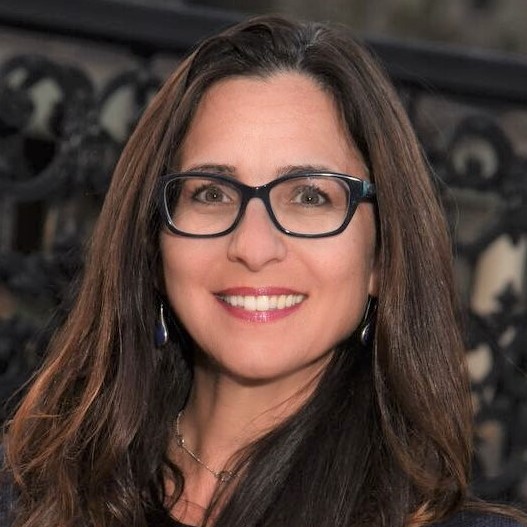
Kathryn Hempel has a journalism and art background, and found during a video arts class that editing also engaged her in different and exciting ways. After doing a variety of jobs from designing jewelry to working in master control switching programs at WHA-TV in Wisconsin, she found her way into freelance production assistant work and then into an assistant editor position at Cutters in Chicago, where she’s now a partner and has worked as an award-winning commercial editor for nearly thirty years.

Melissa Lawson Cheung started working as an assistant editor at San Francisco’s TechTV while she was still in film school. After becoming an editor there, she decided to take a step back to assisting in the industry sector she was most attracted to—scripted content—a shrewd choice that paid off. She recently edited the Mark Wahlberg action thriller Mile 22 and is currently working on season four of Mr. Robot, starring Oscar winner Rami Malek.
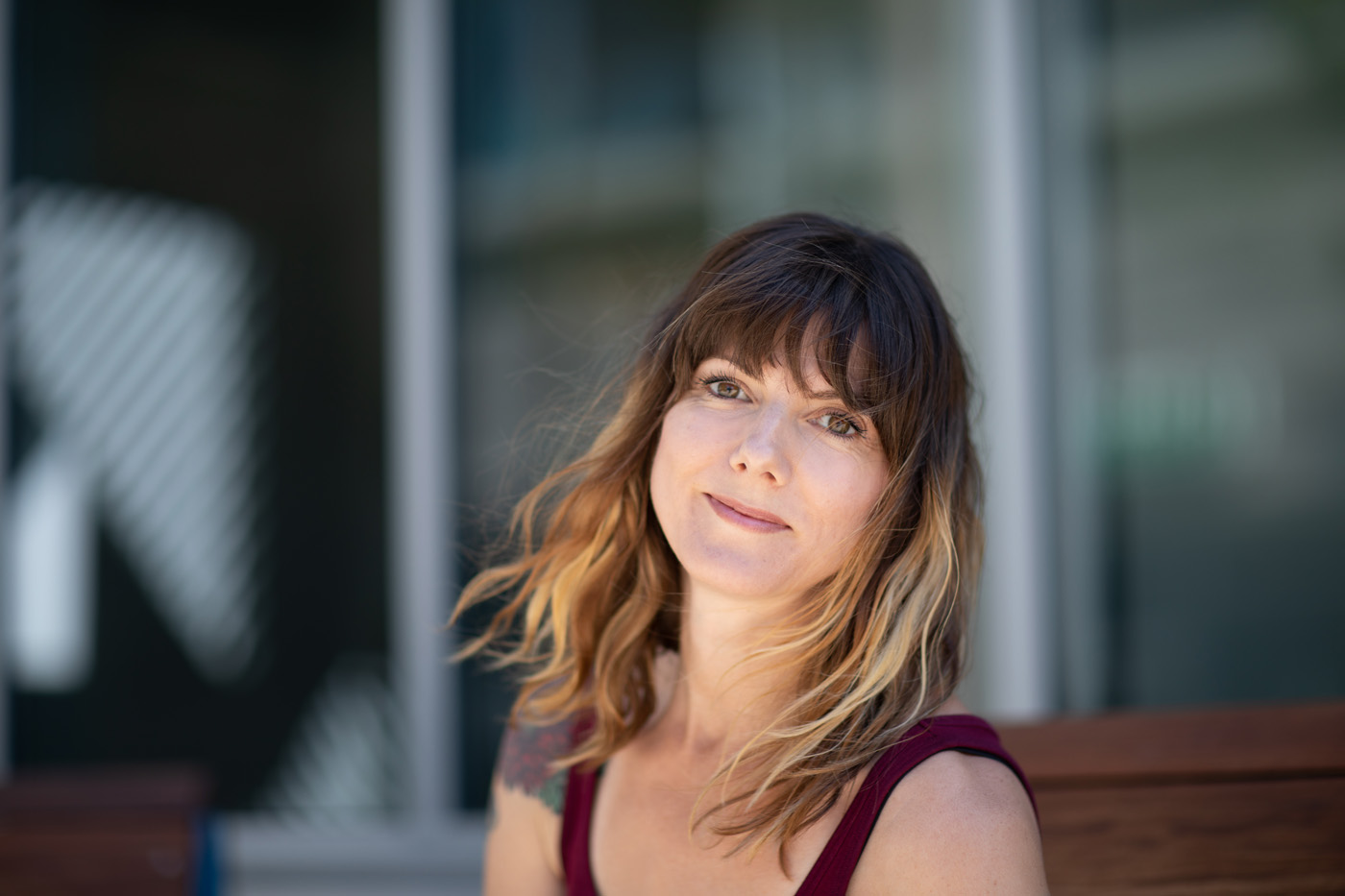
Sabrina Plisco, ACE began her career on a low-budget feature for which she learned to use one of the first NLEs. That skillset got the attention of an editor who hired her as an assistant, and with whom she worked until making the leap to editing movies for television. Since then, she’s edited numerous features ranging from Sky Captain and the World of Tomorrow to the two Smurfs movies, the latter of which together grossed nearly a billion dollars worldwide.
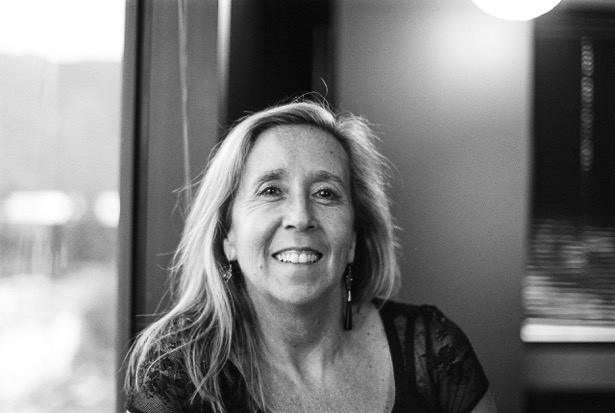
Shiran Amir, who wanted to study the least science-intensive subject possible, began her career in high school with a media studies class. She quickly fell in love with editing and learned Premiere, which led her to serve her two-year mandatory military stint as an Avid editor for the Israeli Air Force filming unit. Shortly after her discharge, she moved to LA and worked her way through assistant gigs in reality TV to scripted TV, championed by Iron Man editor Dan Lebental, ACE. Back to being a full editor, she worked on Z-Nation for Syfy Channel and recently completed the indie film Lupe, directed by Andre Phillips and Charles Vuolo, which premiered earlier this month at Cinequest Film Festival (and on which they used Frame.io!).

Susan Lazarus began her career before film schools were nearly as commonplace as movie theaters. Starting out as a still photographer for the Guggenheim Museum in New York, she hoped to find a path to cinematography as a camera apprentice or in camera repair, but “the culture was not welcoming.” She was able, however, to find apprentice editor work, which led to her working on Reds with none other than Dede Allen, and The King of Comedy with Thelma Schoonmaker. With additional experience cutting sound and as a documentary producer, Susan found that she enjoyed having the logistical overview, scheduling, and dealing with the film/sound labs. This led her to becoming one of the first post-production supervisors in the New York film community. Most recently, she served as post-production supervisor on Spike Lee’s BlacKkKlansman.

Taylor T. Walsh began her journey as a corporate video editor in Nebraska. Aspiring to work on music videos, she took a chance writing to a director she admired and offered her services as an intern. After making the move to LA and working hard, she earned the opportunity to cut music videos for artists like Ariana Grande, Ed Sheeran, and Demi Lovato. She’s currently at editorial house Cabin Edit, where she primarily edits commercials and music videos.
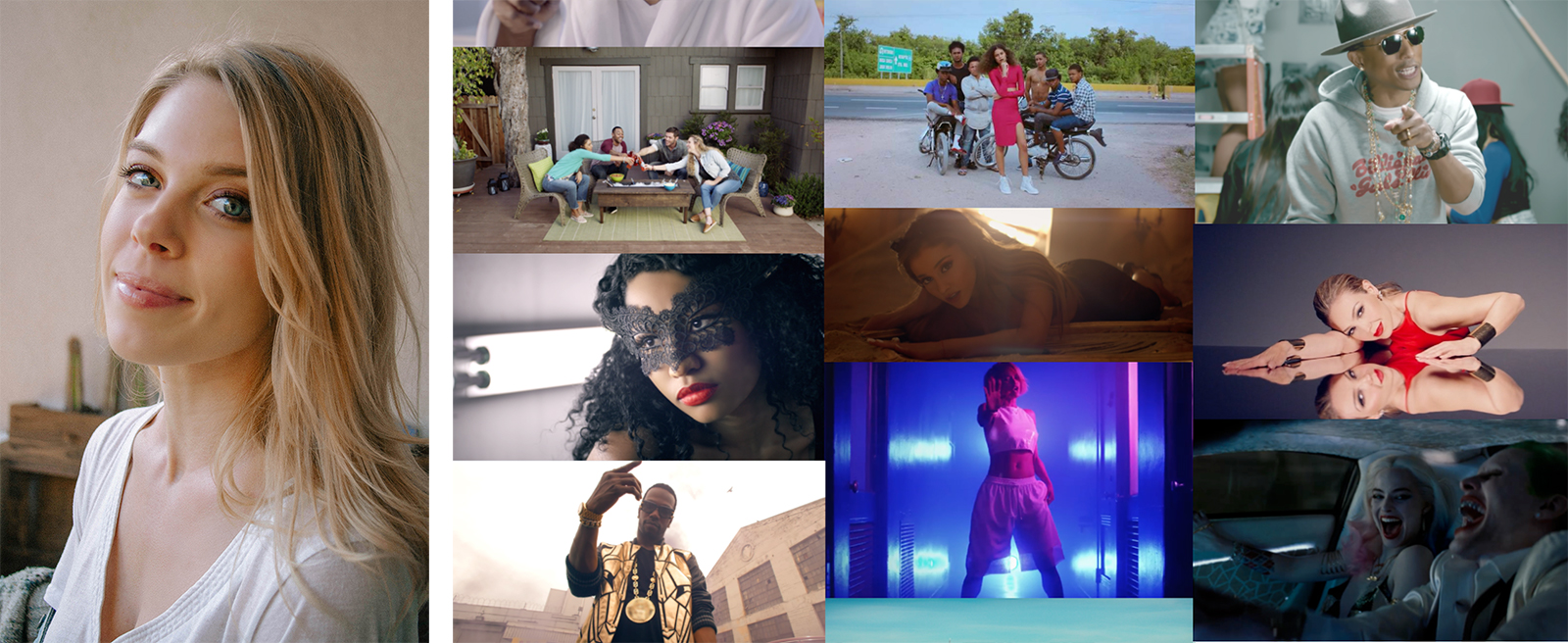
Obstacles to Overcome?
How much time do you have? Of course, there are the endless stories of women who have had to overcome overt sexual harassment and accept lower pay. It’s so pervasive in our lives and in our newsfeeds that it’s probably more newsworthy to find a woman who hasn’t experienced one or the other at some point in her career.
Then there’s the kind of gender bias that results in how long it takes women to move from assistant to editor, and influences which projects they’ll be considered for.
Shiran recounts, “One show creator who interviewed me told me afterward that if I were a guy I’d have been cutting already.” Another editor we spoke with (who wished to remain anonymous) reported that she had been told that she was too valuable as an assistant to be promoted to editor.
Shiran and Melissa may have made their way into the action and sci-fi genres, but most of the women we spoke with confirm that it’s far easier to get hired on the kinds of projects that are geared toward a female audience: wedding or makeover reality shows or kids’ programming or soap operas. “My biggest challenge has been trying to compete for feature films in the action genre,” Sabrina reports. And that’s with a résumé that includes Sky Captain and the World of Tomorrow and Dr. Strange.

There are the subtler aspects of gender bias that force women to be aware of how they dress, hold themselves when they speak, and modulate their tone of voice (because you don’t want to be accused of being aggressive or shrill).
Julie, who has interviewed nearly 200 women behind the scenes on her podcast, says that some report even “thinking about their natural facial expressions in order not to be accused of having ‘resting bitch face.’”
And then there’s the challenge of being a mother.
Anyone who works in the industry knows how hard it is to balance the demands of the job with being a parent. The hours are long and unpredictable, and last-minute changes (particularly if you work in post) are inevitable—and usually happen at truly inconvenient times.
But being a woman with kids is even more complicated. It’s hard enough to leave a baby or young child to return to work. It’s harder still when you’re missing dinner with them, or getting home after they’re already asleep. There are projects that require traveling that you can’t even consider taking.
There’s also the bias against women who work while their husbands are the stay-at-home parent. One editor shared the story of asking her employer for a raise. “If you need more money, why doesn’t your husband get a job?” they countered.
Which is not to say that there aren’t women who successfully manage to handle the demands of the industry while raising families.
Susan says, “I decided to hope for the best. Amazingly, when my baby was twelve weeks old, I was hired by a team with a woman director and editor, and male and female producers who allowed me to be flexible with my hours. From then on, I managed my freelancing strategically to raise my son.” She also cites that the formidable Dede Allen raised a family while earning Oscar nominations for movies like Dog Day Afternoon and Wonder Boys.
Melissa, while working 6-day weeks toward the end of Mile 22, would sometimes leave at the end of the day to go home and put her daughter to bed, then return to the office to work for a couple of hours if necessary. “Although it’s always a struggle to find balance as a parent with the demanding schedule of the entertainment business,” Melissa says, “I’ve been lucky to establish a few relationships throughout my career with people who understand my family needs but also know that they can depend on me and that I will always go above and beyond for them.”
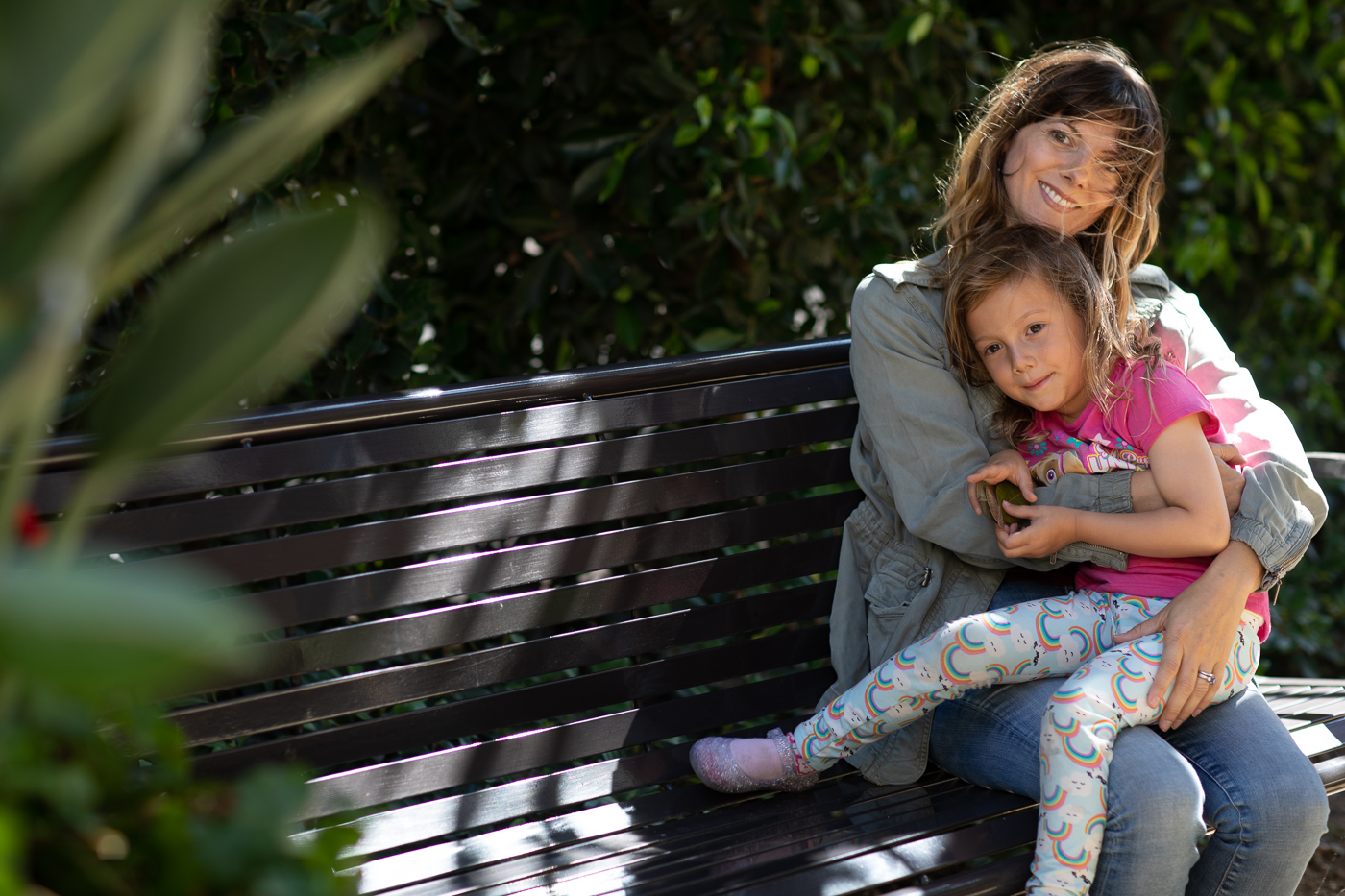
Kathryn has raised two children, finding that staying with a company who values her talents and respects her choices has helped make it possible. “I’m still a student in learning to master the work/life/art balance,” she says.
And when Sabrina was a new mother, she worked on television movies. “It was a great place for me to be while my daughter grew up,” she says.
Their keys to success? Building relationships with understanding collaborators, a give-and-take approach to their work, and strategic compromises that allow them to do creative work while raising families.
Reasons for optimism
One particularly striking revelation was that some of the editors we talked to actually don’t feel as though they’ve been marginalized for being female.
“I’ve faced challenges, but I wouldn’t say that it’s because of my gender,” Taylor states. “In the past, if I have felt like my opinions or creative decisions are disregarded, I think it’s more the nature of being a young creative. I’ve found that if you stick up for yourself and can defend your point of view, you’re usually met with understanding and respect.”
Melissa concurs. “There were times when I felt there was no room for me at the creative table, but experience and confidence gave me the strength to take my place.”
And herein lies, perhaps, the biggest surprise.
All of the women we spoke with agree that it’s more important to focus on doing the work than on being a woman in the industry. In fact, there were some women we contacted who declined to participate in this article because they feel that calling attention to women in the industry only contributes to the “othering” of women.
“The collaborative nature and social aspect of editing may influence clients to consider my gender,” Kathryn says. “It feels good to be hired based on the quality of my work and character, so that’s what I try to strengthen.”
“I love the crews I work with and treat them with respect and joy,” Susan says. “I just persisted in doing my job in the best way I knew, respecting the parameters of each situation.”
Shiran has never spent a lot of time dwelling on being a woman in the industry and owes her success to her tenacity, while also generously acknowledging the men who have mentored and supported her. Coming from a background in which her mother was the business person and her father was the primary parent, she advises, “Don’t focus on your womanhood. Instead, focus on your editor-ness.”
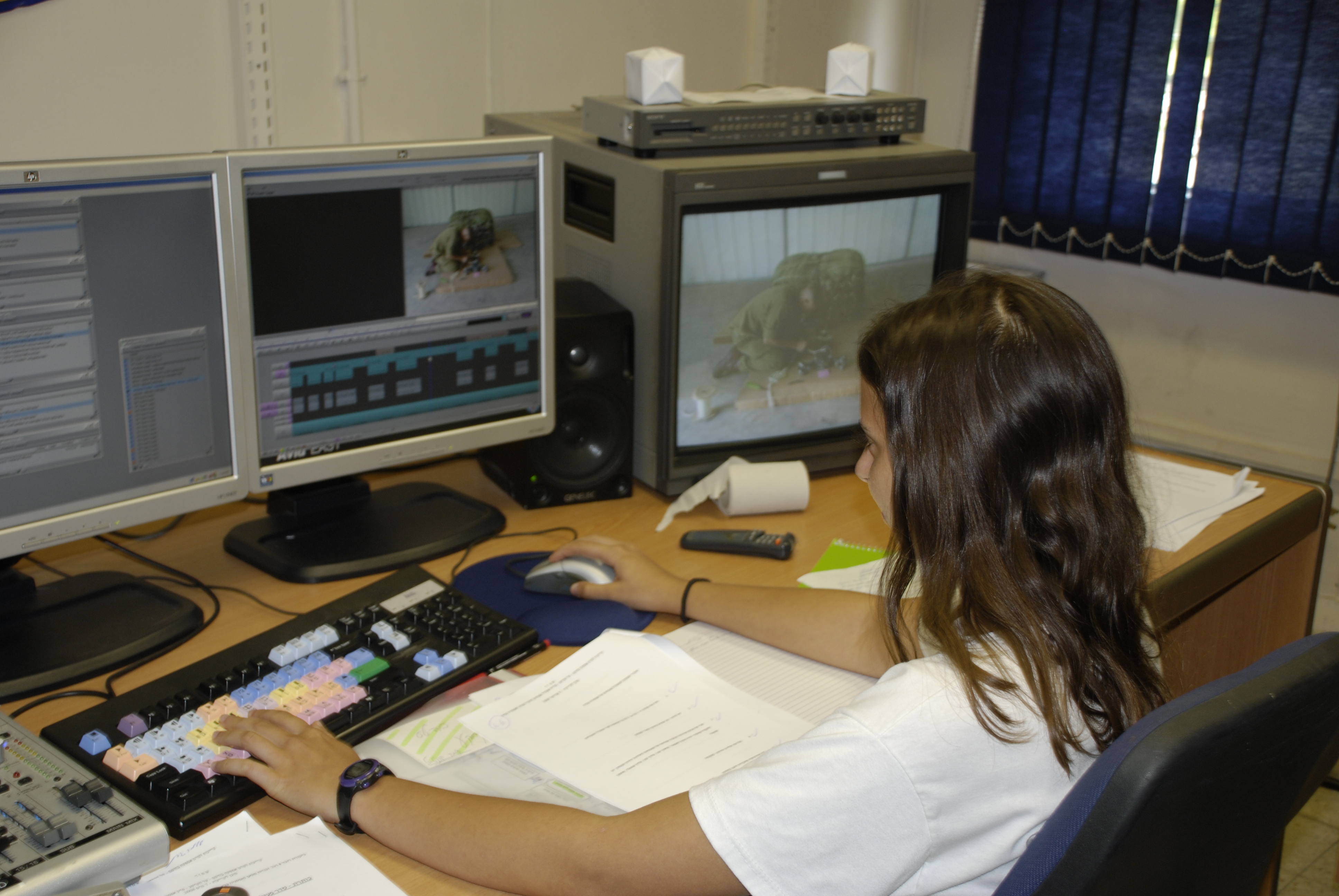
Which may still involve working harder or being thicker-skinned than a man in the industry. As Julie points out, “If you see a woman at the top of this profession, you can bet it’s because she’s extraordinary. Women don’t ‘fail up’ to get where they are.”
Taylor feels as though there are no hard barriers keeping women from entering in the commercial and music video sectors. “The industry is definitely going in a positive direction,” she says. “I feel like there are so many powerful, award-winning female editors, colorists, VFX artists, and business owners who are getting recognition and appreciation.”
Kathryn notes that she feels encouraged by the recent attendance of the AICP Camp Kuleshov entrants. “Many (female) assistant editors and sound engineers created winning submissions.”
“Because the awareness that there should be equality in the workplace is getting out there, there seems to be a more conscious effort by producers and directors to hire women if they have the opportunity,” Sabrina adds. “I’ve had friends recently say that they’re enjoying a more balanced number of men and women on series staffs.”
Not to do a complete 180 here, but perhaps one sign that things are changing is the fact that some of the women we spoke with had no hesitation about embracing the value of bringing a feminine perspective to their work.
When we interviewed Melissa about Mile 22, she shared this anecdote: “There was one sequence in particular in which the female lead, a CIA-trained fighter, pretends to cry, acting as if she’s a damsel in distress. And I felt strongly that we should wait a beat to start her crying so that she had the time to think of this plan, so it’d feel more calculated.”
Kathryn agrees. “I understand that women don’t all share the same traits, but I came to the realization that sensitivity is a strength and can aid the creative process in many ways.”
Navigating the way forward
Some of the powerful women at the top in Hollywood are making sure they roll down the ladder so their talented and hardworking sisters can start climbing the rungs to join them. Notable among them is Ava Duvernay, who has made it her mission to get Julie Dash (Daughters of the Dust) back to directing and has, in fact, hired her to direct two episodes of Queen Sugar.
“As we know,” Susan says, “there need to be more women directors. Hopefully, that will bring women in post more visibility as well.”
And more opportunity. But we’d be remiss if we ignored the many men in the industry who have never hesitated to hire female collaborators, as well as the ones who are, in light of the heightened awareness, trying to remedy the disparity.
“The challenge before us is now to appeal to the gatekeepers who have the power to make a substantial effort to open doors that lead to greater diversity,” Julie Harris Walker says. But women also need to “find your voice, your vision. You make up half of the population and you are entitled to a seat at the table.”
Melissa echoes this. “All editors belong in creative discussions. If you aren’t being included, walk in and don’t apologize for it.”
Becoming active in the effort is another way to help. Shiran serves on the board of directors for the Motion Picture Editors Guild.
And Sabrina emphasizes how important it is to “keep promoting and helping your fellow female network. Sharing information with each other is vital in pushing the success of women forward.”
But don’t forget that some of the best advice is the simplest.
“Network. Be a kind person to work with. Give your heart and soul to your work. Work hard and have faith in yourself,” Shiran recommends.
“Keep up with technology. Nourish your sense of humor,” advises Susan.
Kathryn, who has created a piece of art that hangs in her studio to remind her of her “sensitivity is a strength” motto says, ”There may be traits or skills that set women apart from their male counterparts. But it helps knowing that what makes us unique is our superpower.”
Sadly, the numbers don’t lie. Even the very fact that women still have to give each other advice to network or support one another or stay positive means that the problem of gender inequality is far from solved.
But if we’re serious about making changes, we could do worse than to listen to and learn from the women who continue to persist.


